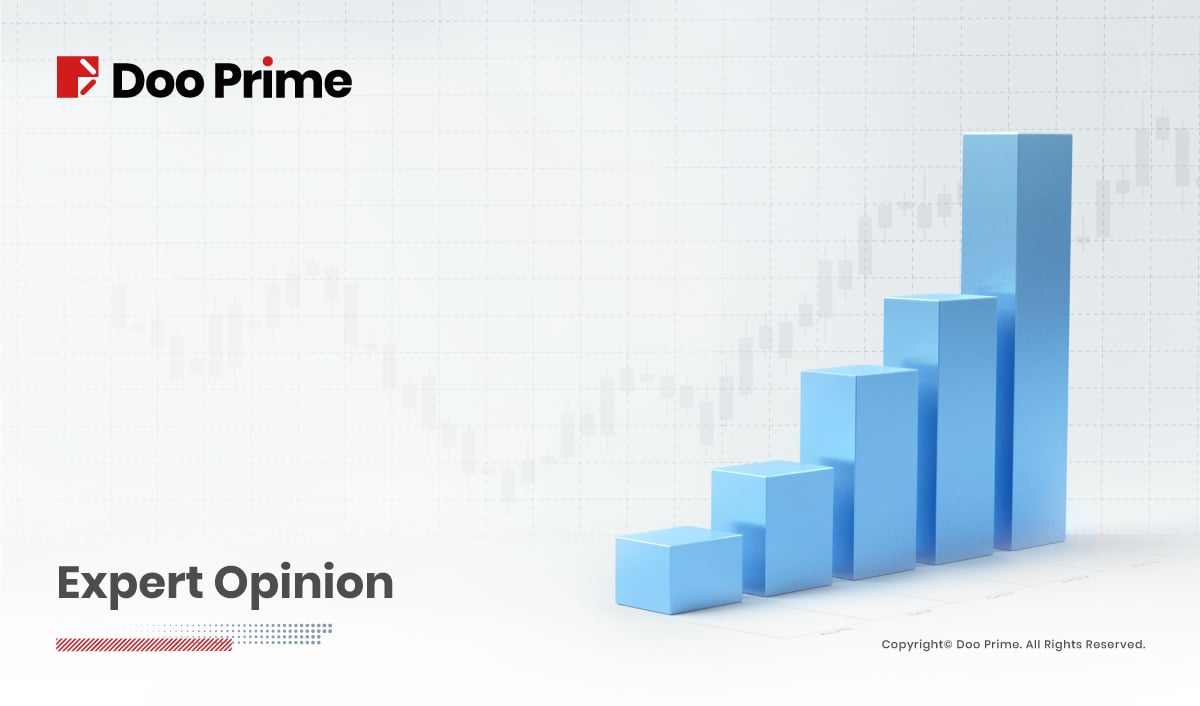
U.S. stocks ended the week with marginal changes, marking a three-week streak of gains amidst a backdrop of declining Treasury yields.
Optimism surged among investors following favorable inflation data and statements from Federal Reserve officials, hinting that the Fed might halt its hiking cycle, potentially moving toward rate reductions sooner than previously anticipated.
The anticipated timing for the first rate cut has shifted from July to June.
Throughout the week, US 10-year yields dipped by 21 basis points, aided by oil prices maintaining below the $80 per barrel threshold, fostering confidence that inflationary pressures are abating.
The head of the world’s largest retailer, Walmart’s Chief Executive Officer Doug McMillon, indicated during the earnings call a potential decline in consumer prices, even suggesting the likelihood of managing through a period of deflation in the coming months.
Meanwhile, Europe’s sluggish economic performance has led traders to bet on a hastened pace of interest rate cuts in the upcoming year.
For the first time, money markets have factored in a full percentage point of interest-rate cuts for 2024.
In terms of market performance, the Dow Jones index saw a 1.9% rise, the S&P 500 surged by 2.2%, and the Nasdaq Composite climbed 2.4% over the week. Over the past three weeks, the Dow gained 7.8%, the S&P surged by 9.6%, and the Nasdaq jumped by 11.7%.
Here are the closing levels on Friday, November 17th, 2023:
| Last | Change | Change% | |
| DOW JONES | 34,947.28 | +1.81 | +0.01% |
| S&P 500 | 4,514.02 | +5.78 | +0.13% |
| NASDAQ | 14,125.48 | +11.81 | +0.08% |
| U.S. 10Y | 4.435% | ||
| VIX | 13.8 | -0.52 | 3.63% |
After a three-week selling spree, the market has now experienced three consecutive weeks of buying, transitioning from oversold to overbought conditions.
The evident surplus in buying compared to selling implies a potential upward trend in prices, fostering positive sentiment among market participants.
Despite these positive indicators, it is worth noting that while technical aspects, such as the S&P comfortably above the 4500 mark and its 100- and 200-day moving averages, are promising, these trends align with expectations of a soft landing for the economy.
Despite these positive indicators, it’s crucial to note that while technical aspects, such as the S&P comfortably above the 4500 mark and its 100- and 200-day moving averages, are promising, these trends align with expectations of a soft landing for the economy.
This notion hinges on the belief that inflationary concerns will dissipate and that the economy remains resilient despite the Fed’s previous rate hikes.
However, the recent softening of economic data and current oil prices might signal underlying issues.
A sustained decline in demand could potentially lead to an economic downturn and, if persistent, even a recession.
Curiously, discussions about a potential recession seem absent amidst investors’ overwhelming interest in stocks over the past few weeks, projecting a rosy future despite looming uncertainties.
While the current momentum may continue driving prices upward until the year-end, exercising caution remains prudent.
Historically, when everything appears secure, unexpected shifts tend to redefine the market landscape.
Source: CBOE, Bloomberg
This commentary is written by James Gomes, a seasoned finance industry veteran with extensive experience of over 30 years, including a substantial tenure at a reputable U.S. bank exceeding 20 years.
Risk Disclosure
Trading in financial instruments involves high risks due to the fluctuation in the value and prices of the underlying financial instruments. Due to the adverse and unpredictable market movements, large losses exceeding the investor’s initial investment could incur within a short period of time. The past performance of a financial instrument is not an indication of its future performance. Investments in certain services should be made on margin or leverage, where relatively small movements in trading prices may have a disproportionately large impact on the client’s investment and the client should therefore be prepared to suffer significant losses when using such trading facilities.
Please ensure you read and fully understand the trading risks of the respective financial instrument before engaging in any transaction with Doo Prime’s trading platforms. You should seek independent professional advice if you do not understand any of the risks disclosed by us herein or any risk associated with the trade and investment of financial instruments. Please refer to Doo Prime’s Client Agreement and Risk Disclosure Statement to learn more.
[Disclaimer]
This information is addressed to the general public solely for information purposes and should not be taken as investment advice, recommendation, offer, or solicitation to buy or sell any financial instrument. The information displayed herein has been prepared without any reference or consideration to any particular recipient’s investment objectives or financial situation. Any references to the past performance of a financial instrument, index, or a packaged investment product shall not be taken as a reliable indicator of its future performance. Doo Prime and its holding company, affiliates, subsidiaries, associated companies, partners, and their respective employees, as well as managers, make no representation or warranties to the information displayed and Doo Prime and its holding company, affiliates, subsidiaries, associated companies, partners and their respective employees, as well as managers, shall not be liable for any direct, indirect, special or consequential loss or damages incurred a result of any inaccuracies or incompleteness of the information provided. Doo Prime and its holding company, affiliates, subsidiaries, associated companies, partners, and their respective employees, as well as managers, shall not be liable for any direct, indirect, special, or consequential loss or damages incurred as a result of any direct or indirect trading risks, profit, or loss arising from any individual’s or client’s investment.

